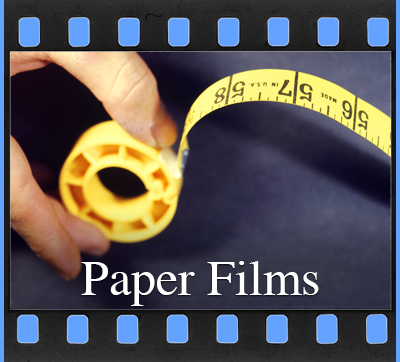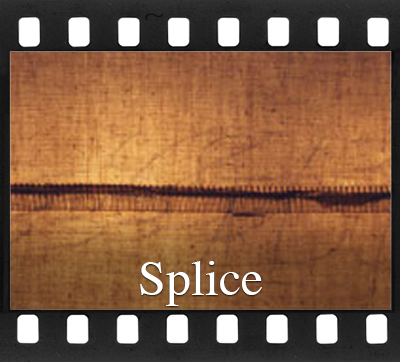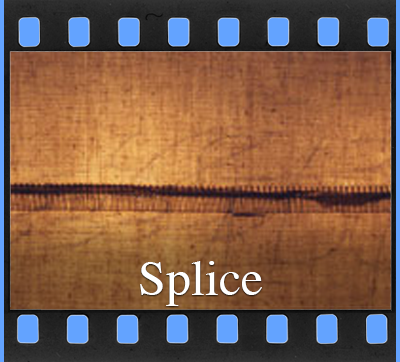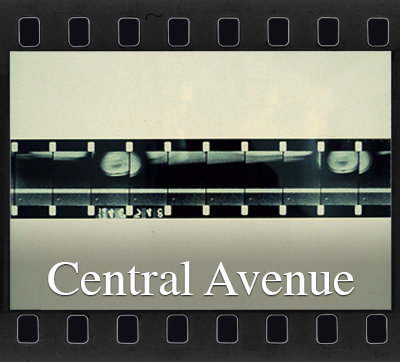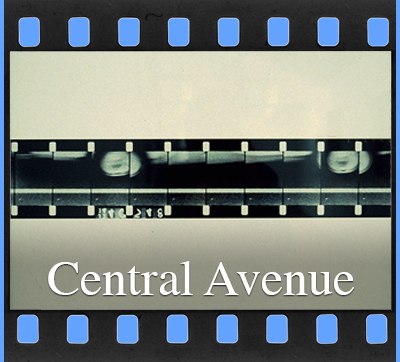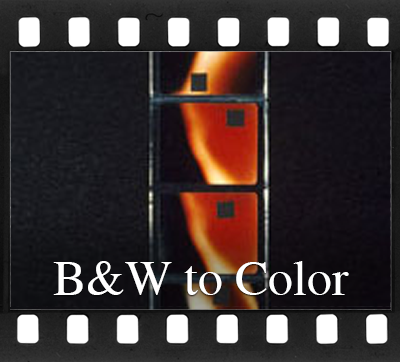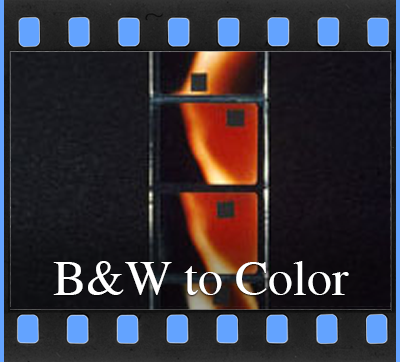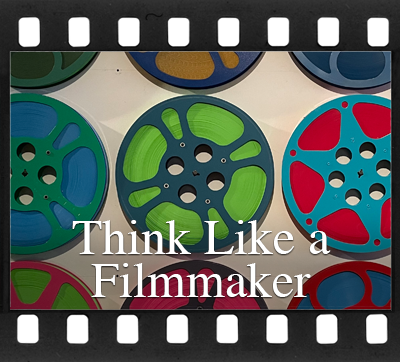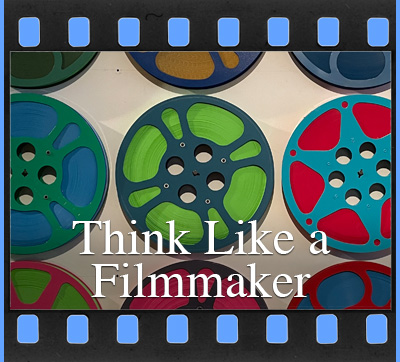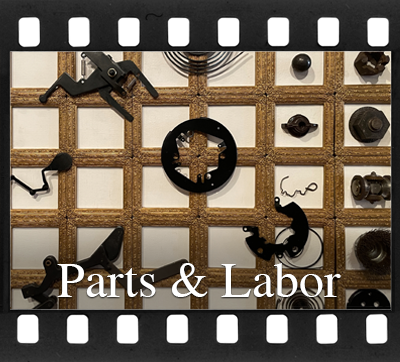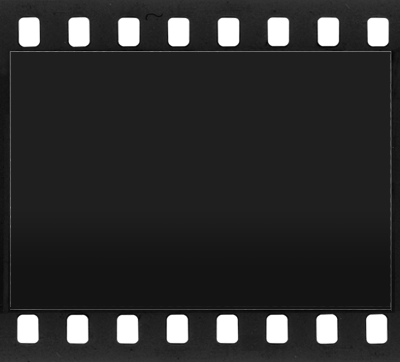TOWARDS A TRANSCRIPTIVE CINEMA
NOTES ON CINE-MATRIX
1978
I have never considered the creation of “projectable” films the exclusive exercise of the filmmaker. It is but one frontier of cinema.
As a filmmaker, I am trained in a specific lexicon. On both the communicative level, and within my unconscious implicit assumptions concerning cinema, lies a core of conceptual frameworks, a repository of cinema’s aesthetic issues, a vocabulary for thinking in terms of film.
Can terms such as splice, cut, frame, format, etc., be investigated outside of traditional film plasticity? What metamorphoses do they undergo upon leaving the screening room?
Is the persistence of vision the sole defining requisite for the experience of cinema?
Where and when can sculptural and two-dimensional forms assume cinematic dimension without their traditional consideration as models and representations of cinema? When can such forms cease existing as diagrams, passive recordings, or documents of projected-light experiences?
Much of my recent work aspires to explore the contours of these questions. Of particular importance is my critical vocabulary: what terms are appropriate for articulating the work, for uncovering its subtleties. Using conventional film constructs, the work assumes one particular life using two-dimensional, graphic, or literary criteria, the work is transformed.
I have approached works such as CINE-MATRIX as cinematic, temporal experiences. I call CINE-MATRIX a film, yet all of its parts exist in constellation on the wall, capable of being simultaneously “navigated” as they rest on the wall.
CINE-MATRIX interprets the function of editing as a process of organization. It required a thorough appraisal of a given set of materials – found corrugated cardboard cut up into 3” X 4” rectangles – really just a given context for generating a large diversity of visual information), and the potentials for developing and defining the range of relationships occurring between any two frames (across a cut). There are obvious parallels to common filmmaking practice. Both activities share the process of finding and collecting information amidst a larger visual field, and subsequently abstracting this material prom its pretext by framing it and reducing it into a shared format – the 3’ X 4” rectangle. Various types and modes of information are translated to a least common denominator. It is in this way that format determines the fabric and syntax for image-to-image relate-ability.
Editing, in which the implications of the gathered material become manifest, confronts the very basis of filmic composition and construction. Sequential continuity, the nature of transition and transitional devices, and the structural limitations of abstraction built on and pivoting around conscious linear device, are intrinsic issues generated by the composition of CINE-MATRIX.
The experience of viewing CINE-MATRIX can be considered analogous to the process of reading the score of a musical composition. One may follow the linear structure of the score, but one can simultaneously derive formal device, pattern, and subtle “visual clues” regarding variation, dynamics, transition, and form. By referring backwards and jumping ahead, one is able to gain a temporal perspective within the work.
Is a musical score merely a representation to someone with perfect pitch?
CINE-MATRIX starts as a frozen simultaneity on the wall, and asks the viewer to provide it with temporality. The experiential dynamics are inscribed within the act of reading/viewing the work. One simply follows the score.
Can written notes have sound?
- ◻ Production Notes
- ✓ Towards a Transcriptive Cinema
- ◻ PHOTOS
Cinema Expanded: Avant-Garde Film in the Age of Intermedia
by Jonathan Walley
Oxford University Press, 2020
pages 510 to 521



